
Minnesota's Best Flower Gardens
Minnesota's Best Flower Gardens
By Explore Minnesota
Garden lovers and green thumbs can find inspiring flower arrangements throughout the state, each with its own distinct personality and history. Depending on snow melt, blooms begin towards the tail end of April and continue until late fall’s frosty bite. The colors and landscapes change constantly through the seasons, too, making them ideal for repeat visits.
ELOISE BUTLER
WILDFLOWER GARDEN
MINNEAPOLIS
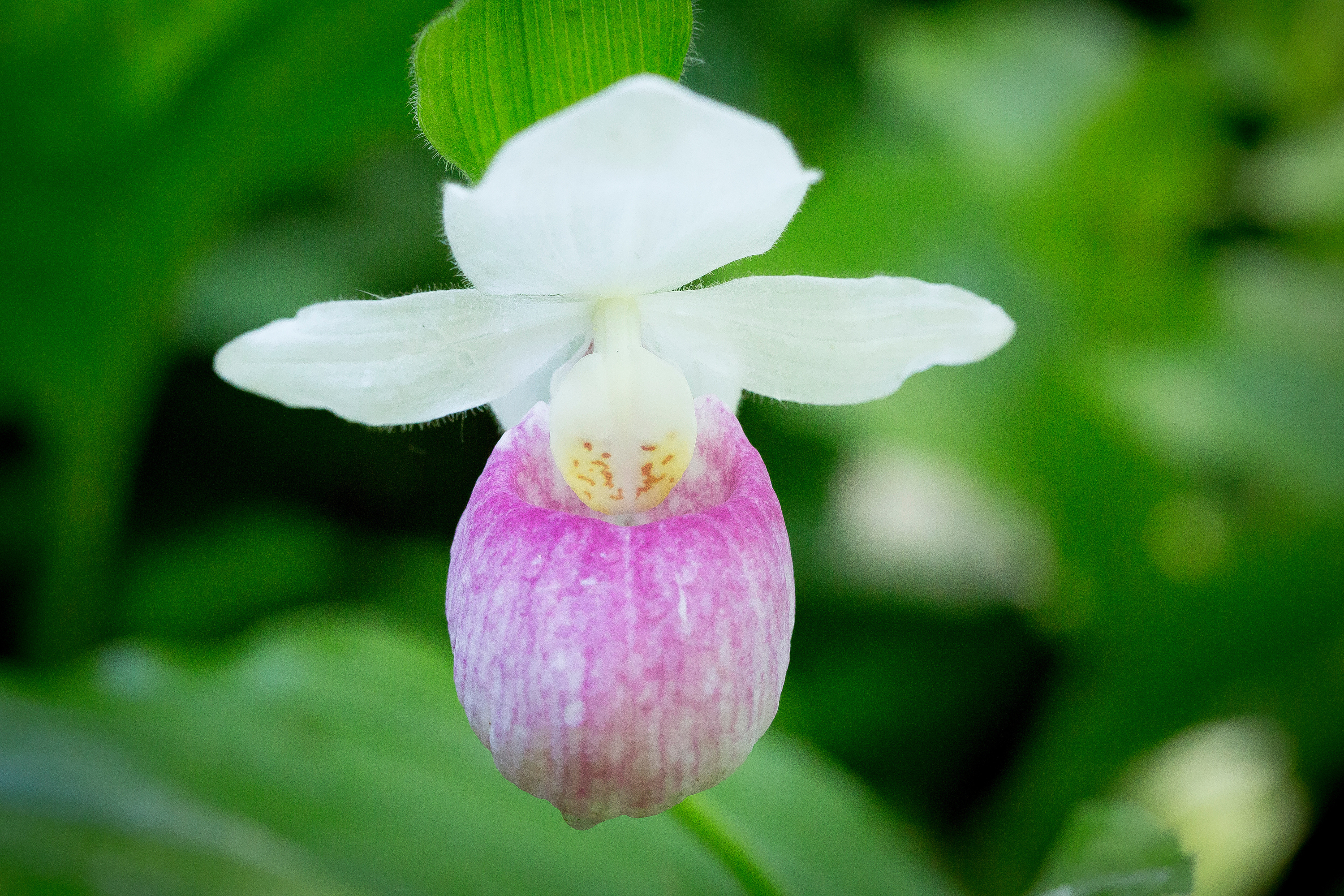
A showy lady's slipper, a.k.a. Minnesota's state flower / Melanie Mahonen
A spring stroll through 15 acres of delicate trillium, bloodroot and trout lilies at Eloise Butler Wildflower Garden can melt away the hustle and bustle of Minneapolis city life. Its scenic pathways through woodland, wetland and prairie offer a glimpse of the landscape before the metropolitan area boomed and is considered the country’s oldest wildflower garden. Home to 500 plant species and 130 bird species, the garden has drawn visitors since 1907. Waves of native flowers bloom throughout the summer and into fall.
LEIF ERICKSON PARK
DULUTH

Rose Garden at Leif Erickson Park in Duluth / Credit: Dennis O'Hara
For closer views of Lake Superior and time to smell the sun-warmed roses, grab a picnic lunch from nearby restaurants and settle into Duluth’s Rose Garden over the I-35 tunnel at Leif Erickson Park. Sweeping views can also be seen from the five-story Enger Tower. Enjoy the yellow carpet of 4,000 daffodils unfurling each spring and the property's shade plants and perennials, along with a peaceful Japanese garden where the sound of its giant peace bell reverberates across the ridge.
LYNDALE PARK GARDENS
MINNEAPOLIS
The first signs of spring at Lyndale Park Rose Garden in Minneapolis / Andrew Parks
Between its bike paths, band shell, sandy beaches, sailing, paddling and fishing, Lake Harriet is one of Minneapolis’ most beloved gathering spots. If you love flowers, leave time to wander through the Lyndale Park Gardens near its northern shore. Among the highlights is nation’s second-oldest rose garden, with more than 3,000 plants and 100 varieties that fill the air with a heavenly fragrance mid-June through early October. Just across the road are the varied blooms of the scenic Peace Garden.
MARJORIE MCNEELY
CONSERVATORY
ST. PAUL
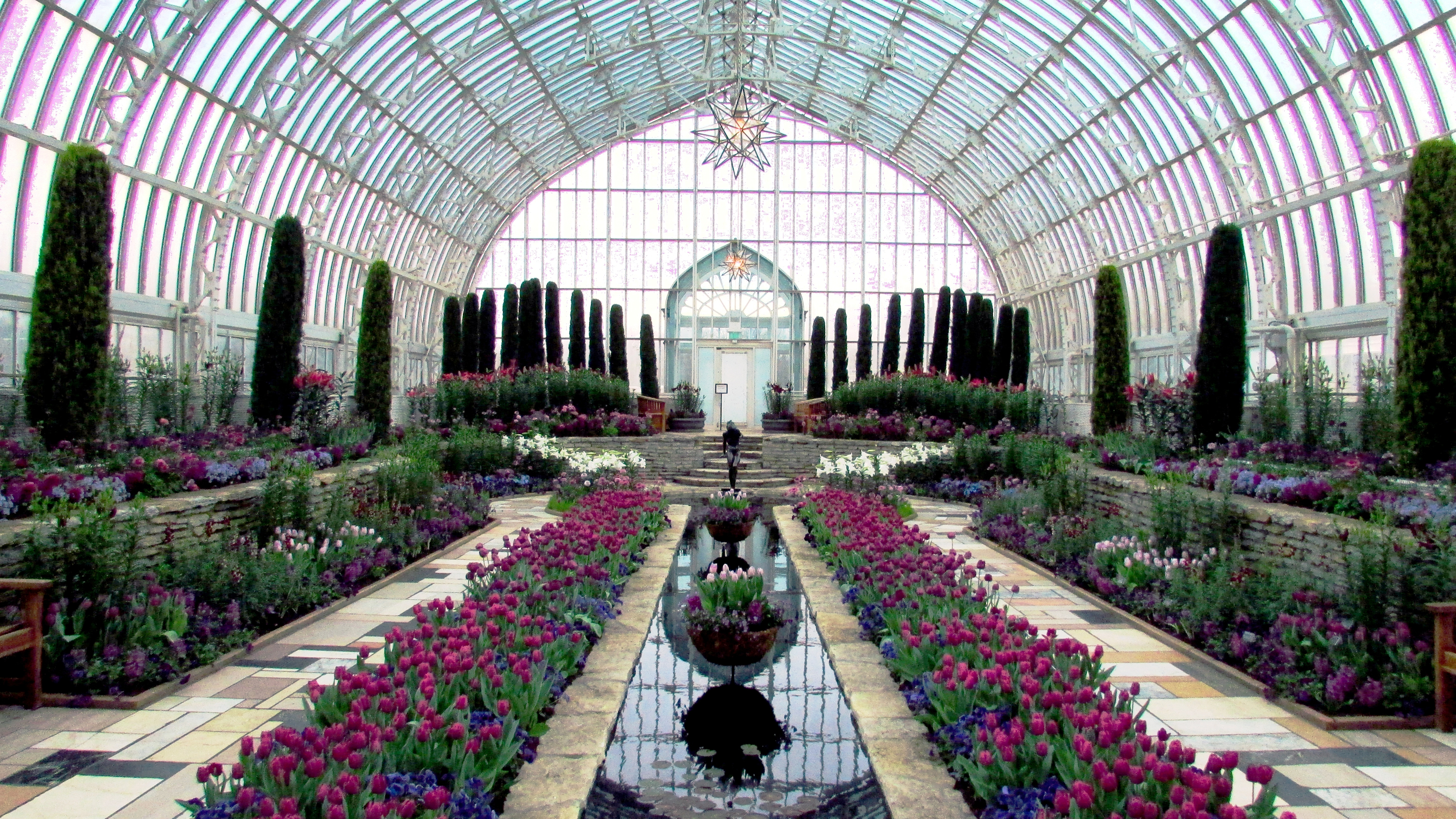
Marjorie McNeely Conservatory at Como Park in St. Paul / Credit: Perrine Dailey
Open year-round alongside the Como Zoo, the Marjorie McNeely Conservatory is a popular winter destination for visitors seeking a taste of the tropics when the ground outside is covered with snow. Swing by during warmer months to stroll along Como Lake, bask in the beauty of rarely seen cherry blossoms, and see 13 different indoor rooms, including an orchid house, a dome filled with palm trees, and an iconic, Victorian-style glasshouse filled with seasonal flowers.
MINNESOTA
GOOSE GARDEN
SANDSTONE
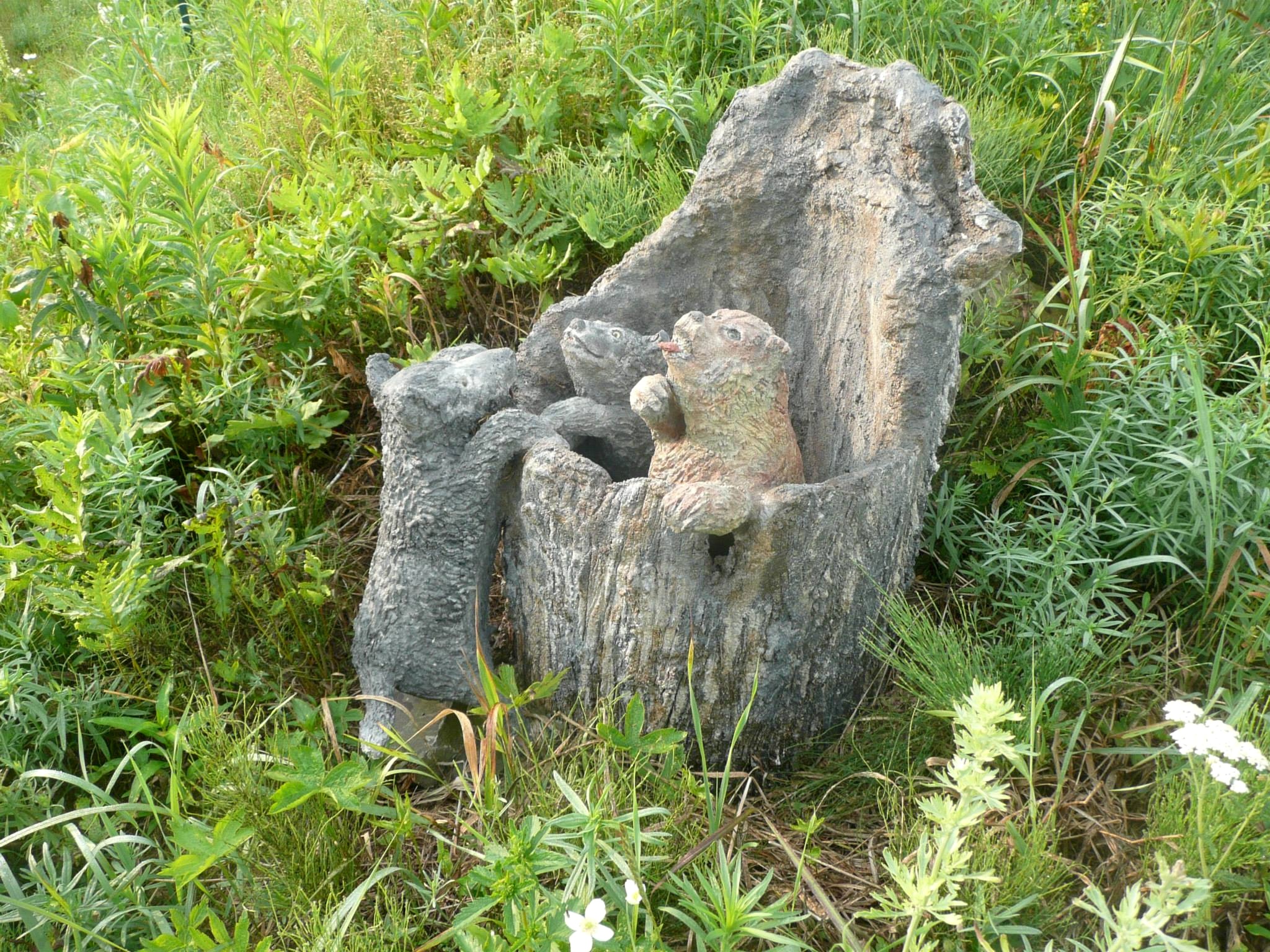
A timber wolf pups totem at Minnesota Goose Garden
North of Hinckley in Sandstone, this five-acre garden in the shape of a Canada goose opened in 2013 after many years of development. It contains more than 400 native species that were used by local Ojibwe tribes in the late 1800s. The flowers, plants and trees, which include wild roses, downy yellow violets, cottonwood and hemlock, are accompanied by 21 sculpted animal totems. The garden is open to the public June-October.
MINNESOTA
LANDSCAPE ARBORETUM
CHANHASSEN

A family captures the spring bloom season at Minnesota Landscape Arboretum / Credit: Andrew Parks
Take the three-mile scenic drive among hundreds of pink- and white-blooming crabapple trees, and you’ll see why Minnesota Landscape Arboretum is one of the Twin Cities’ showiest places to welcome spring. In addition to its gardens, the 1,100-acre arboretum offers hiking and biking trails, exhibits and classes, a sculpture garden, and new varieties of plants.
The University of Minnesota, which operates the arboretum, has been a leader in developing cold-climate fruits, perennials and trees for more than a century, including farmstand darlings such as sweetly snappy Honeycrisp and SweeTango apples every fall.
To fully soak up the beauty here, set aside at least half if not a whole day to savor the seasonal show in more than a dozen different gardens. Spring visitors can enjoy the colorful blaze of the university’s “Northern Lights” azaleas, hear the chorus of frogs in the Spring Peeper Meadow and watch for delicate wildflowers that include the Showy Lady’s Slipper, Minnesota’s state flower.
Other highlights through the summer include a formal perennial garden, lush annual, hosta and herb gardens, a Japanese garden, a blooming prairie, and a fully accessible sensory garden rich with scents and texture and a nod to the university’s work with therapeutic gardens.
MUNSINGER AND
CLEMENS GARDENS
ST. CLOUD
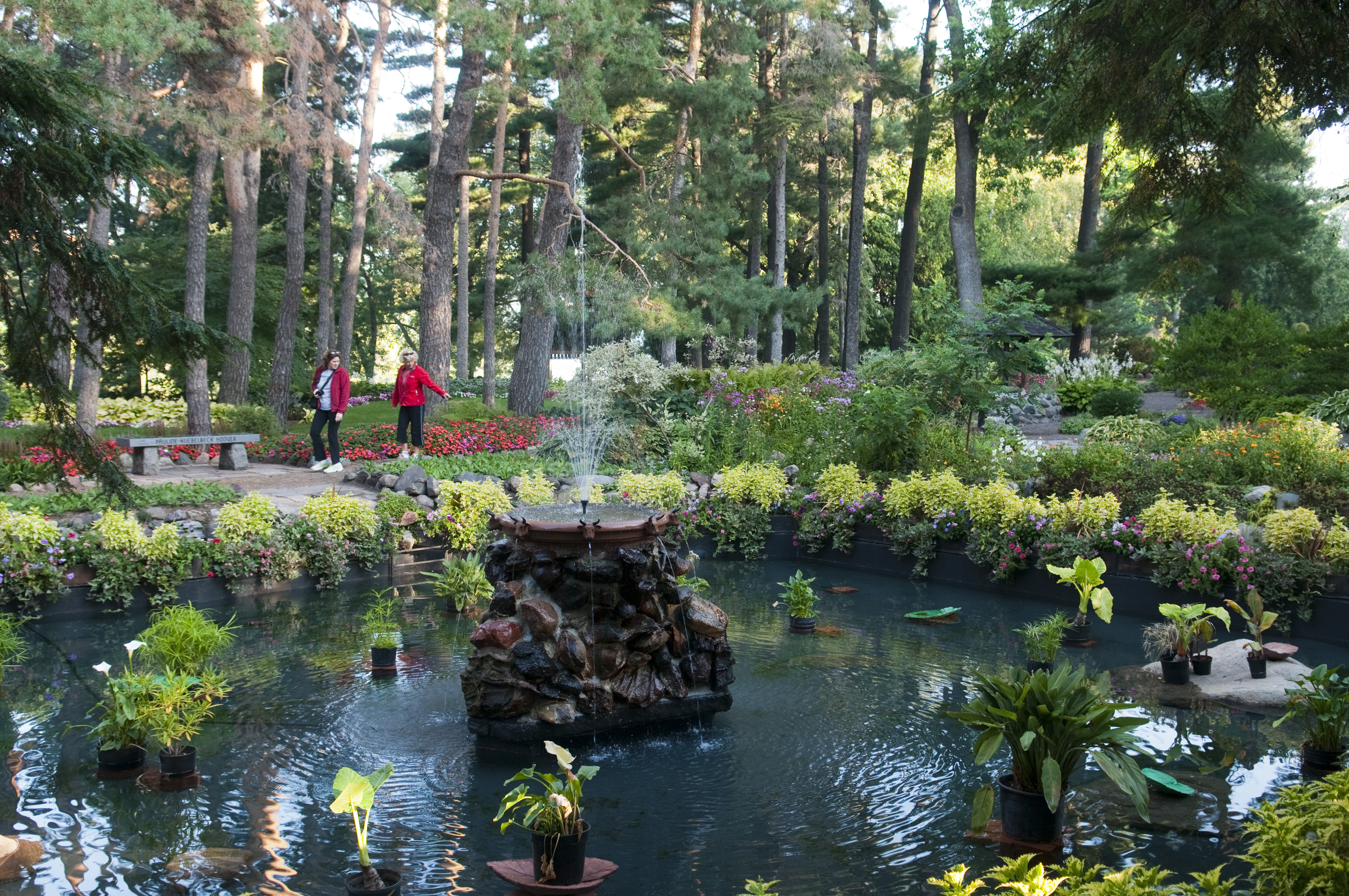
Munsinger Flower Garden, St Cloud
Water cascades gently from a three-tiered fountain topped with elegant cranes, and heady fragrance of roses wafts on the warm breeze. At St. Cloud’s Clemens Gardens, kids dart flower to flower, picking favorite colors, testing the best scents on more than 1,000 rose bushes.
And that’s just the rose garden — a small section of the impressive two-block formal garden. Awash in full-sun, the brick-lined paths meander past fountains, a grand 104-foot-long treillage, a white garden inspired by England’s Sissinghurst Castle, and themed color gardens.
The Clemens Gardens were a gift from a neighborhood benefactor whose late homebound wife could enjoy the view. The city’s historic Munsinger Gardens are a short walk downhill. Right along the Mississippi River and across from St. Cloud State University, it showcases shade-loving plants with paths that meander around a vintage fountain, old tourist cabin, and a gazebo tucked beneath towering pines.
NORMANDALE
JAPANESE GARDEN
BLOOMINGTON
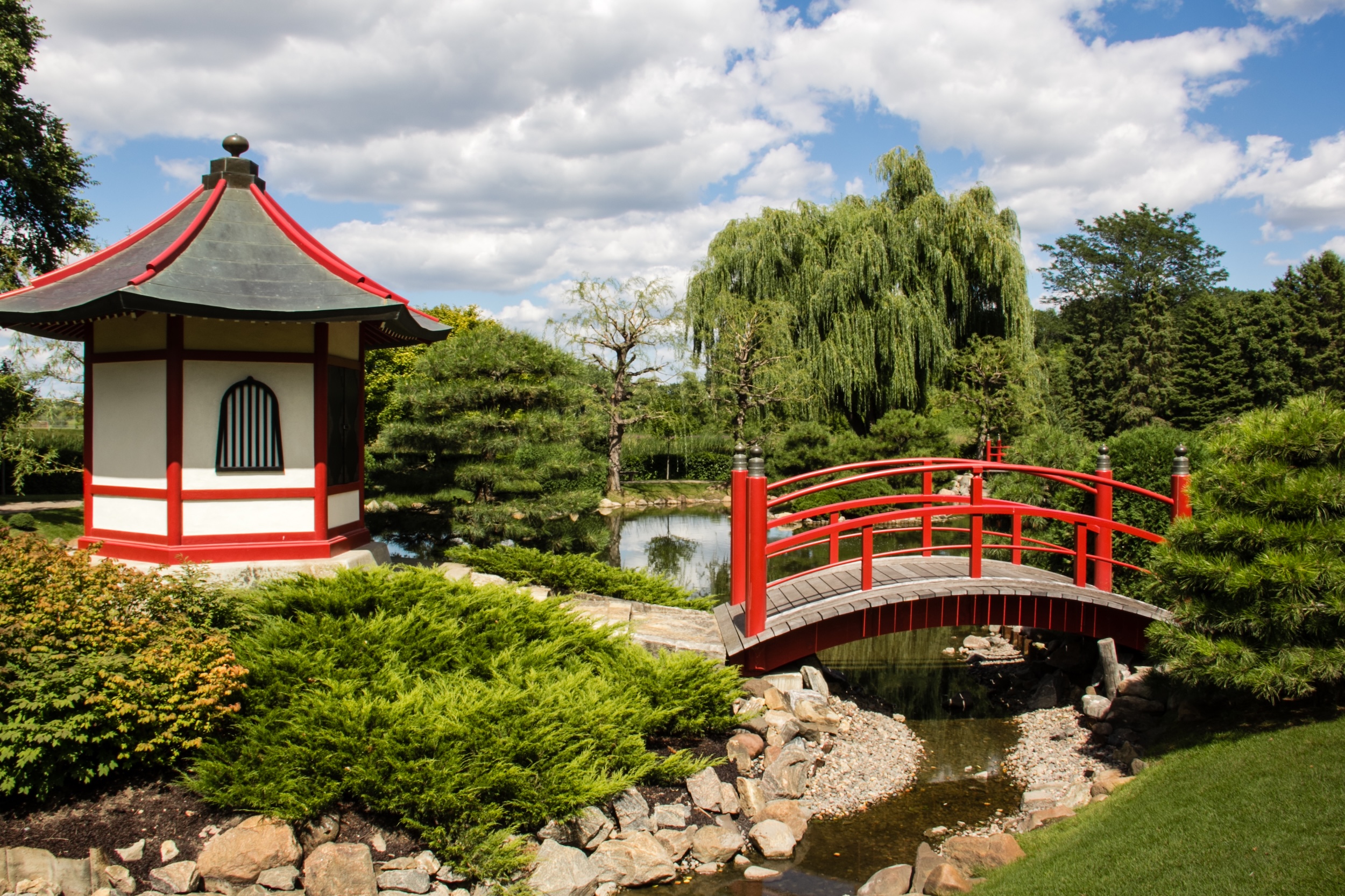
Japanese Garden at Normandale Lake Park in Bloomington
Moments of much-needed tranquility can be found in the tucked-away Japanese Garden on Normandale Community College’s campus, where traditional Japanese garden elements like a koi pond, waterfall, and carefully placed rocks can be found. Not to mention more than 300 hardy plants, shrubs and trees that landscape architect Takao Watanabe selected to survive Minnesota's harsh winters. Be sure to bring some quarters if you'd like to feed the fish between May and October. (Food can be purchased near the entrance for 50 cents.)
NORTHLAND ARBORETUM
BAXTER
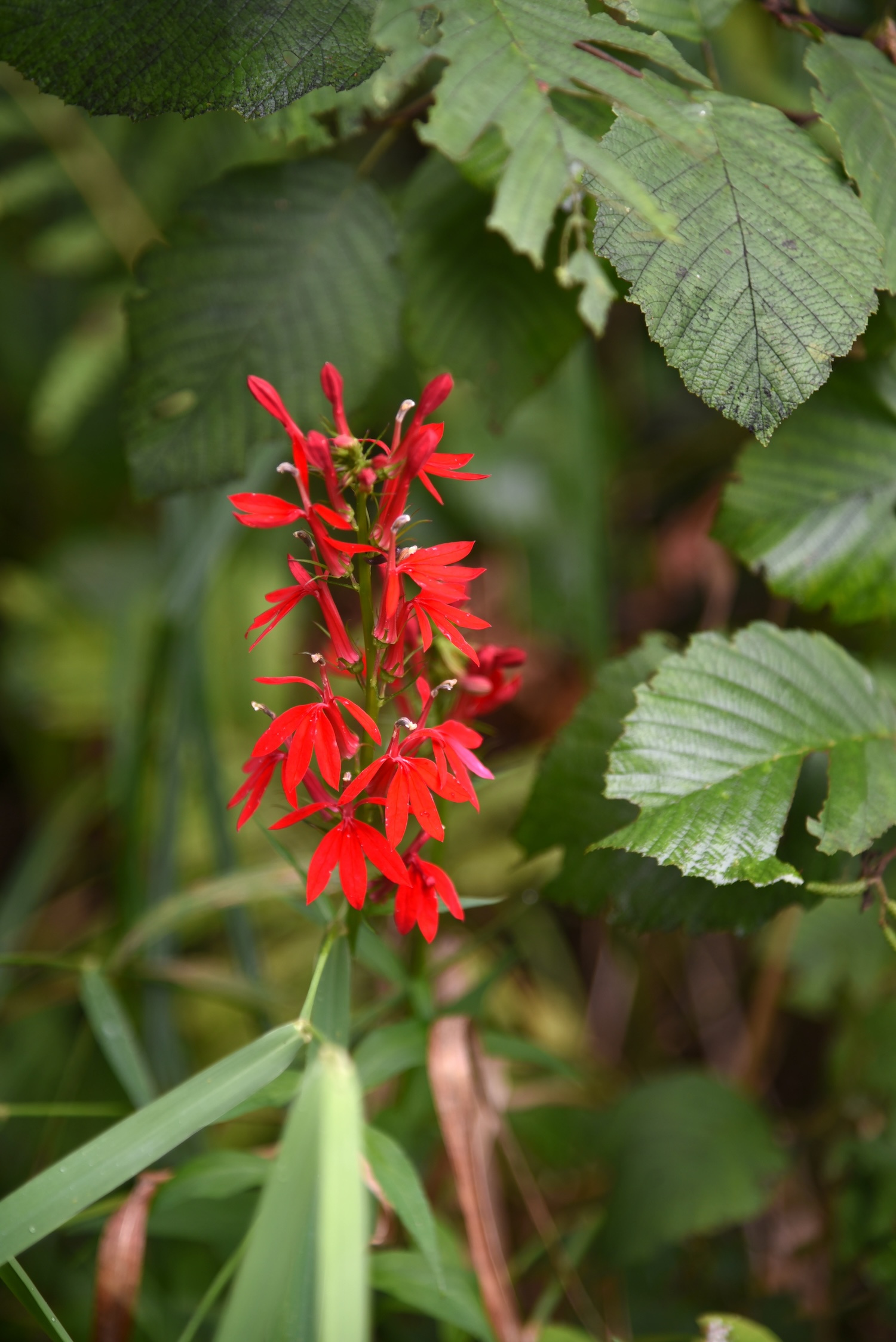
A wildflower at Northland Arboretum / Credit: Andrew Parks
Nestled within 540 acres of wilderness near the Brainerd Lakes Area, Northland Arboretum features nearly 12 miles of jack-pine savannah, marsh and prairie terrain. All of which is beautifully maintained by a member-supported non-profit that was founded after the Brainerd Landfill closed in 1972. Stop by to see a mix of wild and cultivated flowers including marsh marigold, swamp milkweed, water lilies, and native orchids and ferns.
SIBLEY PARK
MANKATO
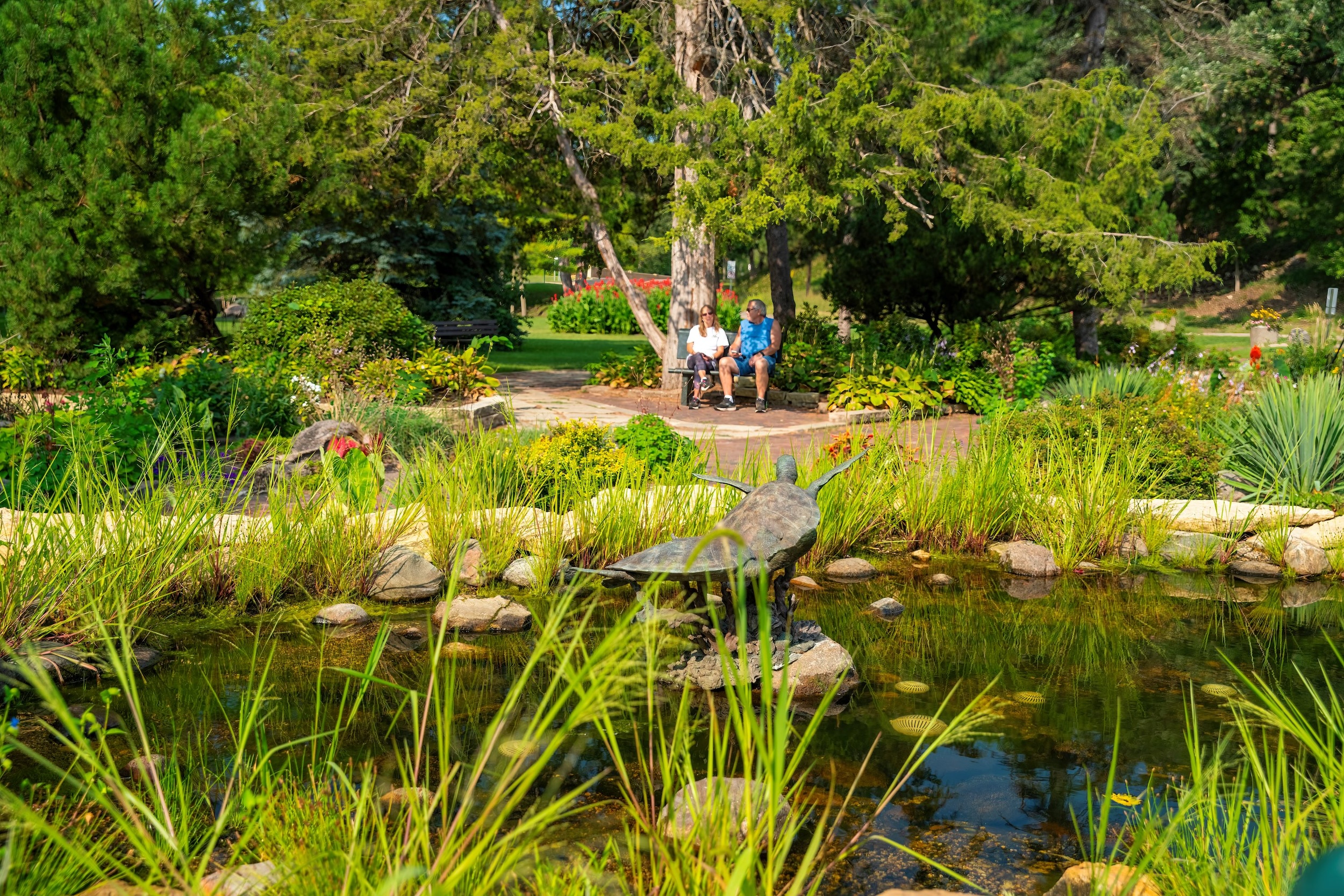
The public garden at Sibley Park / Credit: Greater Mankato
Sibley Park has drawn visitors to Mankato since 1887, when Victorian families strolled its grounds with long skirts, parasols and baby buggies. It’s still a hit with families due to its fragrant rose and flower gardens and fountains, and one of Minnesota’s most imaginative play areas. (It has a full-on farming theme and petting zoo.) If you climb the hill above the gardens, you can see where the Minnesota and Blue Earth Rivers meet just beyond the berm. Also be sure to look out for the state park nearby, another haven for heavenly wild flowers.
SAINT JOHN'S
ABBEY ARBORETUM
ST. JOSEPH

Saint John's Abbey Arboretum
“Fostering the Benedictine tradition of land stewardship, education and environmental respect” is a big part of Saint John’s broader mission within Central Minnesota. So much so that it set nearly 2,500 acres aside as a wildlife refuge (a.k.a. Saint John’s Abbey Arboretum) in 1933 and launched its Outdoor University programming among eager students and community members in 2013.
One way to get a nice overview of Saint John’s vibrant ecosystem is by walking its Chapel Trail. The three-mile hike features a statue of the first Native American martyr (St. Kateri) alongside Lake Sagatagan, as well as one of the campus’ most iconic landmarks: the Stella Maris Chapel. Originally built in 1872, it burned down during a lightning storm in 1903, and has endured countless renovations throughout the years. Peek inside to numb the noise of the outside world and soak up delicate stained-glass details.
Find more things to do outdoors in Minnesota.

